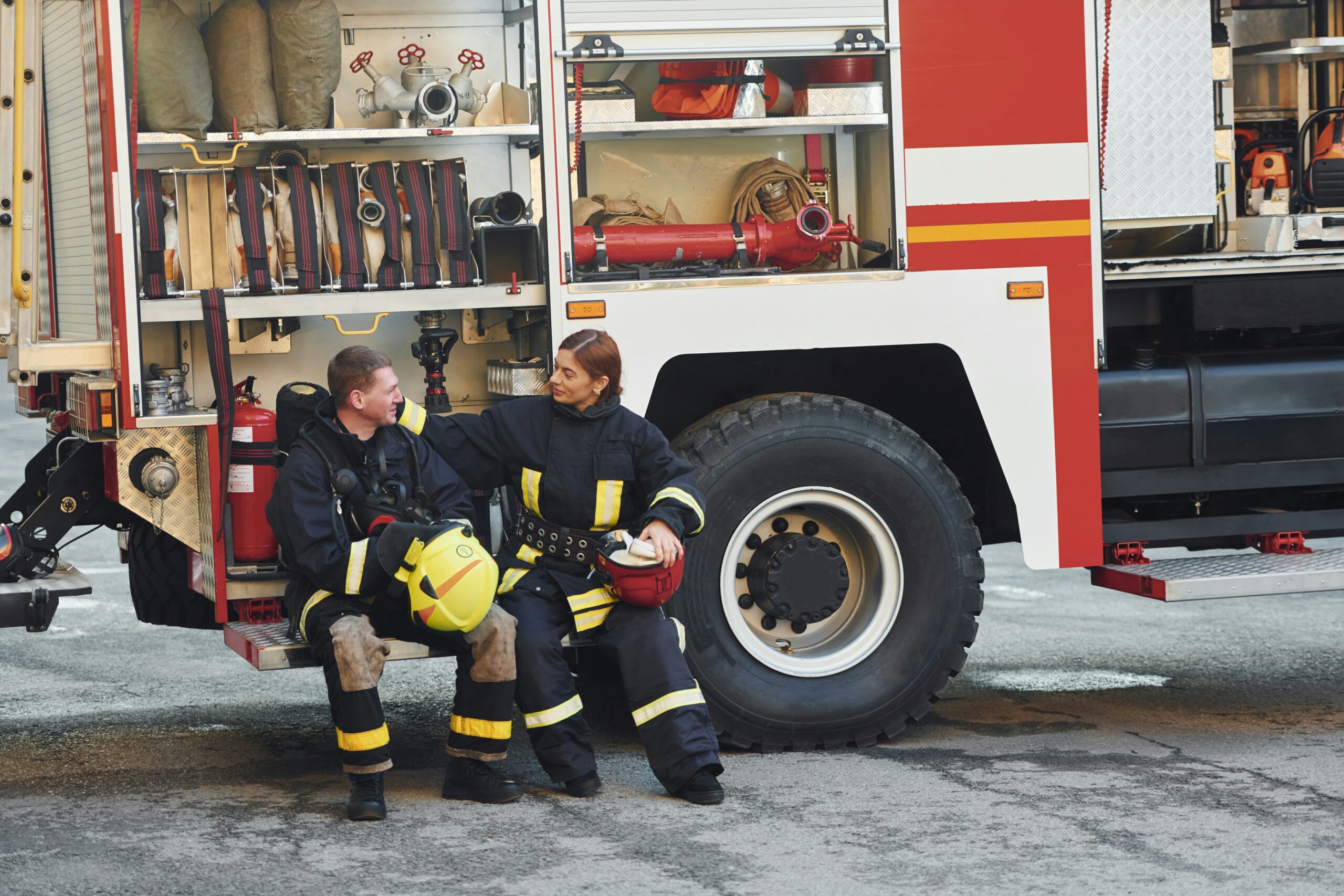
Emergency service organizations are the backbone of a community’s ability to respond to crises and disasters. These organizations, which include fire departments, emergency medical services (EMS), and law enforcement agencies, are crucial to ensuring the safety and well-being of citizens. Their primary mission is to provide immediate assistance during emergencies, and they often operate under high-pressure conditions. In addition to their direct response roles, emergency service organizations are key in prevention, education, and long-term recovery efforts. Their ability to respond quickly and efficiently can make all the difference in saving lives and minimizing damage.
One of the most critical aspects of emergency service organizations is their ability to coordinate a swift response to incidents. When disasters such as fires, medical emergencies, or accidents occur, these agencies are among the first to arrive at the scene. Firefighters, paramedics, and police officers work together in harmony, often without the luxury of time or resources, to mitigate the effects of the emergency. Their training, experience, and preparedness are critical in ensuring a fast, effective response. For example, fire departments must be ready to extinguish blazes quickly and prevent further destruction. At the same time, EMS teams must stabilize and transport injured victims to medical facilities as soon as possible.
Moreover, law enforcement agencies play a significant role in maintaining order during emergencies. Whether it’s managing traffic flow around an accident site or coordinating evacuations during a natural disaster, police officers ensure that public safety is maintained while emergency responders carry out their duties. These organizations are first responders and play a key part in managing public information and helping citizens understand how to stay safe during unfolding situations. An emergency service organization’s effectiveness depends on communicating clearly and acting decisively during a crisis.
Collaboration and Coordination Among Agencies
In many cases, emergencies require the coordinated efforts of multiple emergency service organizations working together to resolve the situation. While fire departments, EMS, and law enforcement agencies have specialized roles, these organizations must work in tandem to ensure the best outcomes. Effective coordination is essential in large-scale emergencies, such as natural disasters or mass casualty events, where the situation’s complexity requires more than one team to manage it. For instance, during a hurricane, firefighters may focus on rescuing people from flooded areas, paramedics assist with medical needs, and law enforcement helps with evacuation orders and curfews.
In addition to the technical expertise required for each role, emergency service organizations rely heavily on communication to synchronize their efforts. Modern technology has dramatically improved how these organizations can communicate and share information. Real-time data allows for a faster, more efficient response, ensuring that resources are allocated where they are most needed. However, despite these technological advancements, human collaboration and the ability to adapt to changing situations remain the keys to success. Agencies must also build trust and understanding through training exercises and joint initiatives to work together when it counts most seamlessly.
The Importance of Training and Preparedness
Training and preparedness are paramount to effectively responding to emergencies. Emergency service organizations invest significant time and resources into training their personnel to handle various situations. This includes everything from basic first aid to specialized search and rescue operations courses. In addition, they frequently participate in simulations and mock drills to hone their skills and ensure they can handle high-stress situations. These drills often involve multiple agencies working together, helping them practice coordination and streamline their collective response.
Moreover, training goes beyond just the responders themselves. Many emergency service organizations offer public education programs to prepare citizens for emergencies. These programs can include teaching people how to perform CPR, fire safety drills, or how to make emergency kits. By empowering the community with knowledge and skills, emergency service organizations increase the resilience of the entire population. Preparedness programs also build a culture of safety and awareness, encouraging individuals to act quickly and decisively in an emergency.
Training isn’t just about learning how to react to emergencies but also how to prevent them. For instance, fire departments regularly inspect buildings to ensure they meet safety codes, while law enforcement agencies implement crime prevention programs in communities. Prevention efforts can significantly reduce the number of emergencies that require a response in the first place. By being proactive and teaching individuals about safety, emergency service organizations help mitigate the need for intervention and improve their communities’ overall health and safety.
The Growing Role of Technology in Emergency Response
Technology has revolutionized how emergency service organizations operate, from communicating to managing resources. Advanced dispatch systems allow for more efficient allocation of resources by providing real-time data on incidents and responding units. New technologies such as drones, GPS tracking, and mobile apps have enhanced response times and situational awareness. For instance, drones can be used for aerial searches during natural disasters, helping responders locate individuals’ needs quickly. Meanwhile, GPS technology allows emergency teams to navigate challenging terrain more effectively, ensuring they arrive at the scene as soon as possible.
Furthermore, technology also plays a vital role in post-disaster recovery. Data collected during an emergency can be analyzed to evaluate the response and identify areas for improvement. This helps emergency service organizations refine their protocols and preparedness plans for future incidents. Social media has also emerged as a powerful tool for communication, enabling agencies to disseminate critical information to the public quickly. Embracing technology equips emergency service organizations to handle the complexities of modern emergencies, making them more effective in saving lives and protecting communities.
Emergency service organizations are integral to communities’ safety and resilience. Their ability to respond to crises, collaborate across agencies, and prepare responders and the public for emergencies is invaluable. Despite limited resources and staffing shortages, these organizations continue to evolve, incorporating new technologies and innovative approaches to improve their services. Through continuous training, collaboration, and community engagement, emergency service organizations help ensure that people are protected, lives are saved, and communities recover quickly in times of crisis.